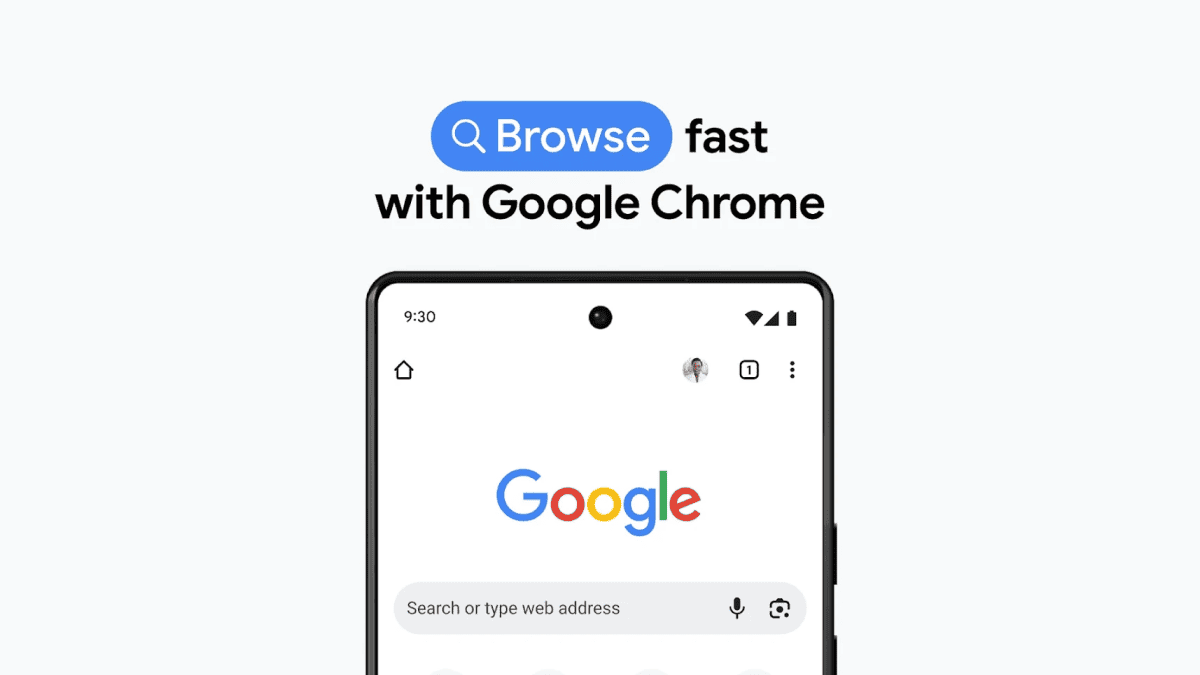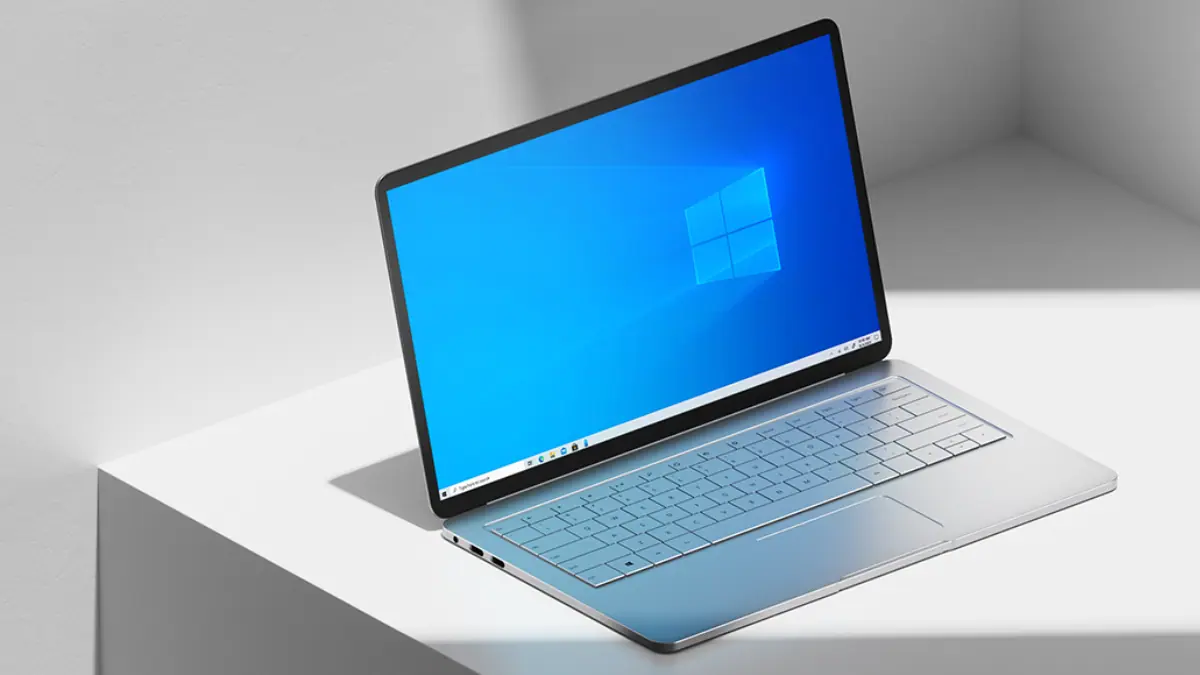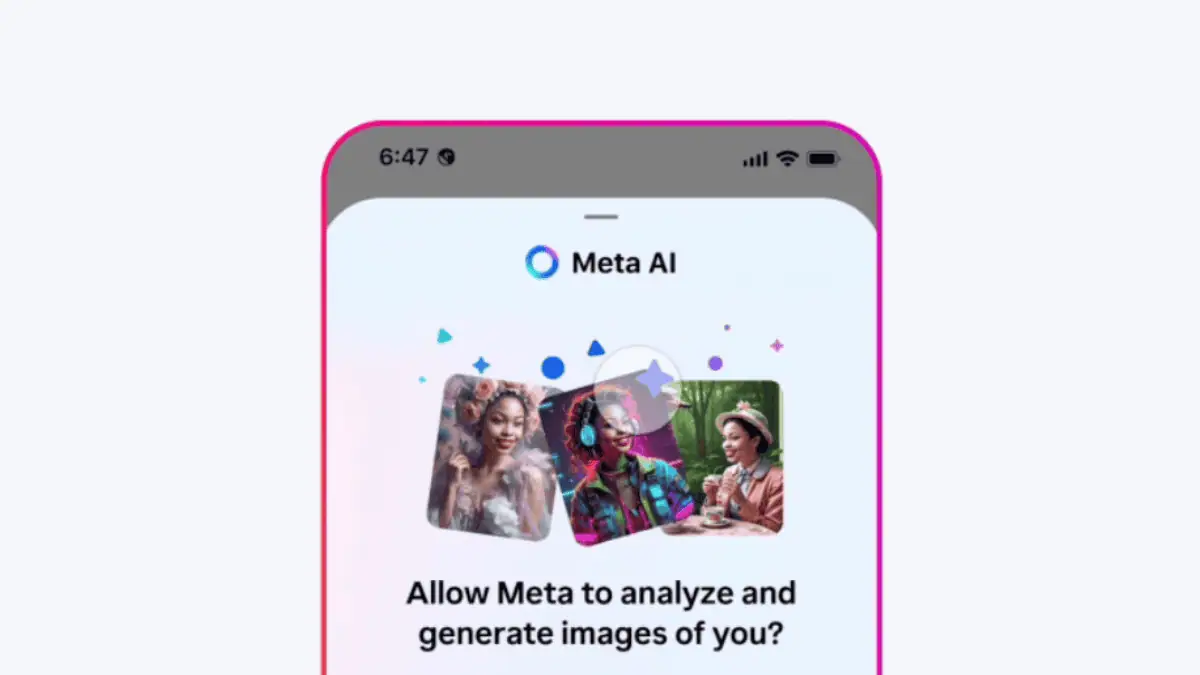Microsoft's rejection of Google's Chrome installer echoes an old Windows phone dispute
5 min. read
Published on
Read our disclosure page to find out how can you help MSPoweruser sustain the editorial team Read more

Google, Microsoft and app stores is a tale that goes all the way back to the days of Windows Phone.The debate was reignited yesterday, with Microsoft pulling a Google app this time from its own store. The app concerned was an installer for Google Chrome — or more accurately, a browser app that directed one to the link to download an installer for Google Chrome. With the shoe on the other foot, some eagerly pointed that Google was either acknowledging the Microsoft Store or conversely was frightened by it. I disagree and contend that Google has actually supported the Store from the start in Windows 10.
The portrayal that Google does not have its desktop apps in the Microsoft Store as a snub is one that is inaccurate. Google isn’t snubbing Microsoft’s Store by denying them its vast number of apps, the firm simply doesn’t build traditional desktop clients. While Google does have a “Google” hub app in Windows 10 that provides quick links to its most popular services, this has been criticised as simply being a web-wrapper app. This is true, yet the criticism remains facetious.
Google’s idea of desktop computing is one that is entirely web-based, and this is made clear in the firm’s desktop operating system — ChromeOS which subsists on a combination of Android apps and web-apps. It would be silly to accuse the term of being biased against itself, just as it is to accuse Google of being biased against Microsoft.
Google does have a consumer-facing desktop app that it can bring to the store, but the likelihood of that happening is relatively low at the moment, and not due to a lack of desire from both companies. Google would no doubt like to bring Chrome to the Microsoft Store if doing so would be frictionless as its installer app shows, and Microsoft would happily tout Google Chrome as a legitimacy bolstering app in the store.
Yet, both companies are unlikely to budge on sticking points that can make this happen. Microsoft itself dictates that Gooogle cannot bring Google Chrome as it stands currently to the Microsoft Store.
Many would like Google to bring Chrome as a centennial app to the Store, but Microsoft dictates that all web-browsers on the Windows Store must run on the EdgeHTML engine. As Google Chrome uses the Chromium engine, this would require a browser rewrite, something that would be time-consuming and effectively make Chrome an edge reskin with a Google logo.
It is not an impossible task, Google could re-write their app as a store exclusive one for Windows users in addition to their current desktop app, but there is little reason for the browser maker to do that. It currently dominates the market and runs on a gamut of OSes from Windows 7 to Windows 10 to macOS to Linux. There’s no evidence that Chrome is suffering from an absence from the store, and nothing to indicate that there is a critical mass of store users who would use Chrome if only there was a Store app. It’s worth noting that Mozilla once attempted to port Firefox to the then Windows Store, but ceased development of a store exclusive app due to low-usage. Makers of popular desktop utilities like Evernote, Slack and Trello among others have adopted the same tactic, a way of acknowledging that the Store is a useful tool but not strong enough to be the only means of app installation.
Ars Technica’s Peter Bright made a common sense suggestion, Microsoft could simply lift the limitations for apps from companies like Google and Mozilla (Opera et al included). If the purpose of the ruling is for security, then those companies are known entities who take security very seriously. Should there be anything untoward, they have defined headquarters where discussions can be held, and Microsoft could simply kick their apps out of the store. As it stands, with Edge’s low usage, it’s easy for one to come to the conclusion that the main reason Microsoft has that rule is to artificially boost Edge usage.
Microsoft fans who were previously involved with Windows phone may see this as vindication. When Google forced Microsoft to pull their app from the Windows Phone store due to their app violating Google’s policies about 3rd party YouTube apps, there was much wailing and gnashing of teeth. Yet, it was revealed that the reason Microsoft could not build an officially sanctioned YouTube app was due to platform limitations of their own making in Windows Phone 8. While others point out that YouTube clients existed on other platforms, Microsoft didn’t want to create MicrosoftTube or TubeSoft, they intended to create what was a genuine YouTube app to boost credibility for their platform. It’s not like Google shut down apps like MyTube or MetroTube either. Microsoft did improve the HTML5 video support for YouTube in 8.1, but the firm never did try to create a compliant application then. Draw your own conclusions from that.
Google may have snubbed the Microsoft Store in the Windows phone days, but that was hardly a unique situation, The firm can certainly support Microsoft’s Store better, but Microsoft should ideally be working with Google to bring whatever apps it can to its store. The Microsoft Store has too few friends as is, it can ill afford enemies.









